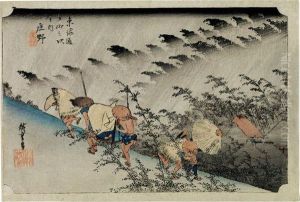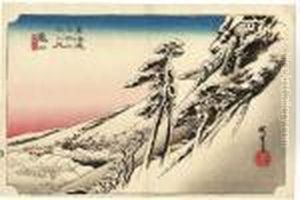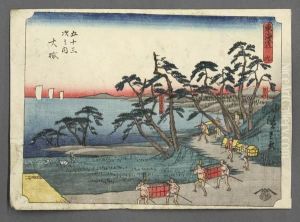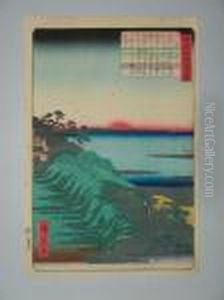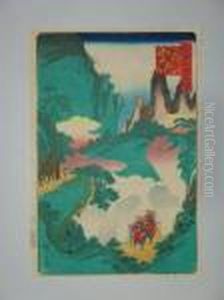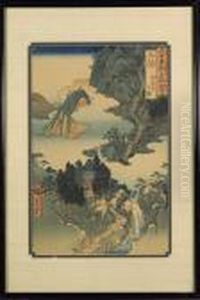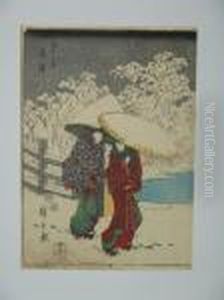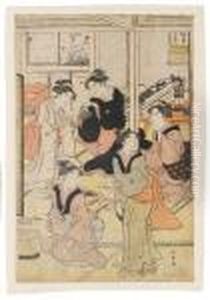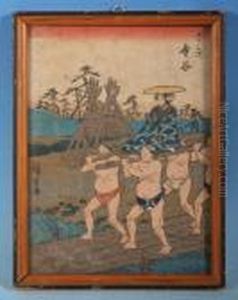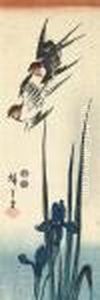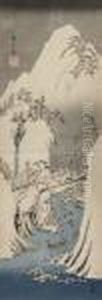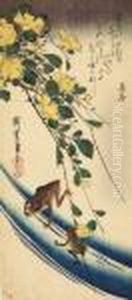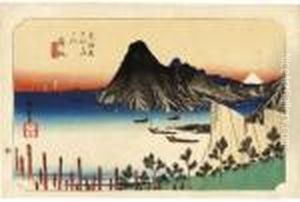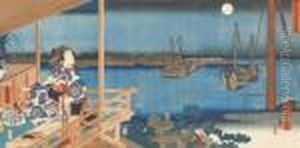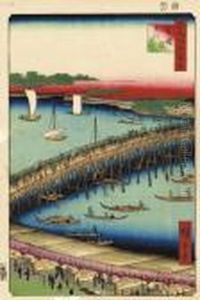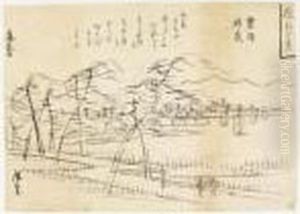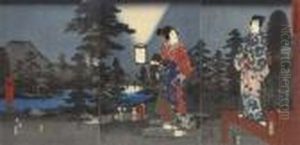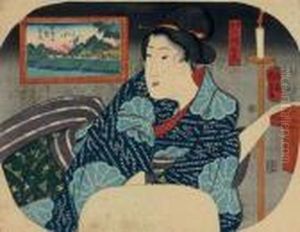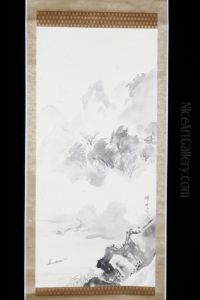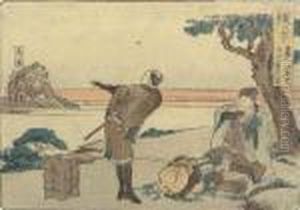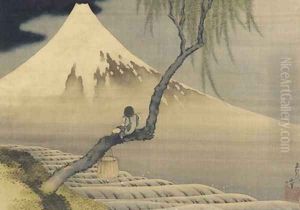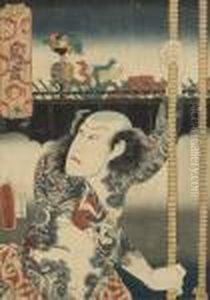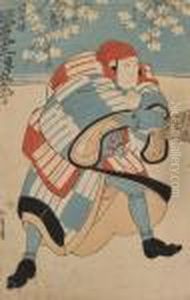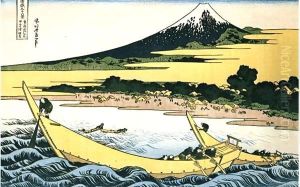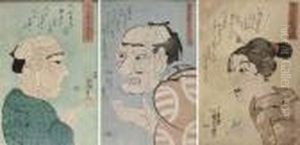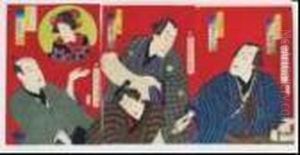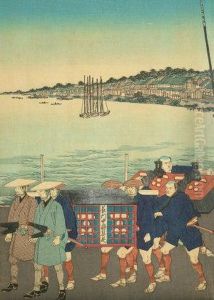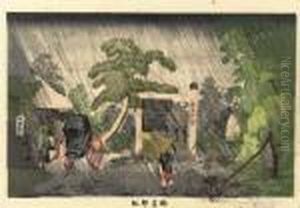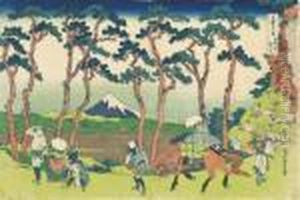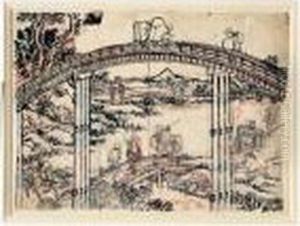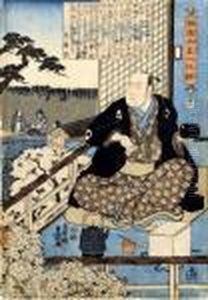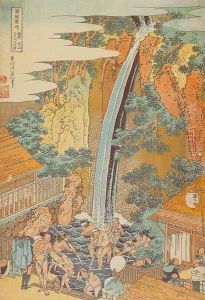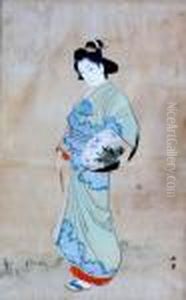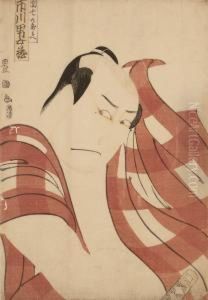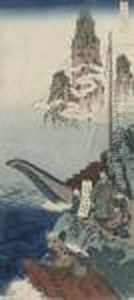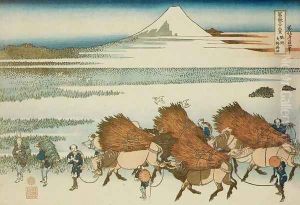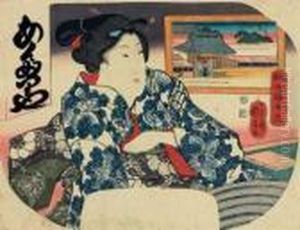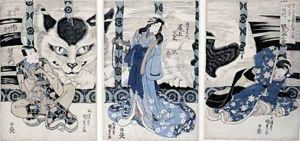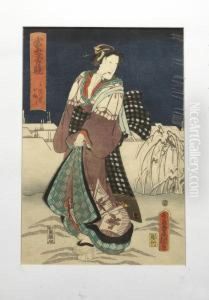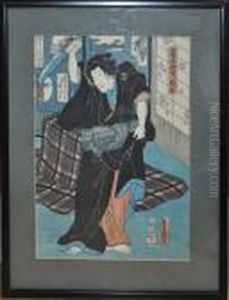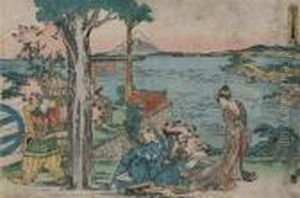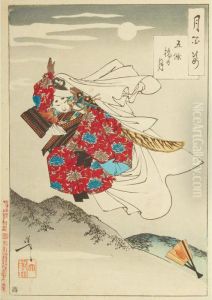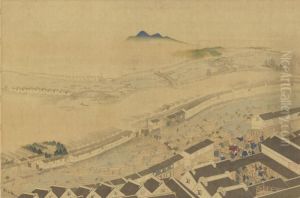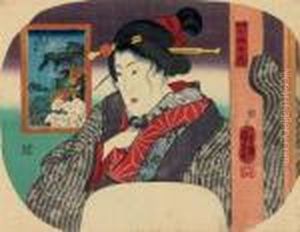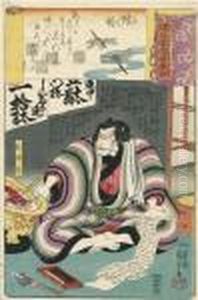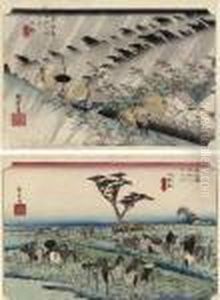





Tokaido Gojusantsugi No Uchi
-
About Reproduction
Bring the timeless beauty of Utagawa or Ando Hiroshige's Tokaido Gojusantsugi No Uchi into your home with a handmade oil painting reproduction. Carefully recreated on canvas by skilled artists using traditional techniques, this piece captures the delicate brushwork, subtle light, and vibrant color of the original masterpiece. With museum-level quality and rich texture, it brings elegance and artistic depth to any space. Enjoy free shipping and make this masterpiece a part of your personal collection.
-
Original Description
Step into the misty, poetic world of Tokaido Gojusantsugi No Uchi (Fifty-Three Stations of the Tokaido), a masterpiece by Utagawa Hiroshige (also known as Ando Hiroshige). This iconic 19th-century ukiyo-e series captures the Edo period's bustling Tokaido road, blending serene landscapes with vivid human activity. Hiroshige’s delicate gradients of sky and water, punctuated by travelers in dynamic poses, evoke a dreamlike journey through Japan’s changing seasons and terrains. As a pinnacle of Japanese woodblock printing, the work revolutionized perspective and atmospheric effects, influencing Western Impressionists like Van Gogh and Monet. Its balance of realism and lyricism cemented Hiroshige’s status as a last great master of ukiyo-e, offering a timeless window into Edo-era travel culture.
For a refined yet inviting decor, select a high-quality reproduction of Hiroshige’s Tokaido Gojusantsugi No Uchi to anchor a minimalist or Japandi-style space. A horizontal composition—such as Shono: Driving Rain—works beautifully above a low console in a living room, its muted indigo and sage tones harmonizing with natural wood and woven textures. In offices, choose a smaller print (e.g., 24x36 cm) with energetic scenes like Hakone to inspire creativity, framed in slim black wood to contrast neutral walls. Pair it with washi paper lamps or a single ikebana arrangement to echo the artwork’s organic flow. For maximal impact in dining areas, opt for a triptych of three stations, ensuring the colors subtly repeat in tableware or textiles. Avoid overcrowding; Hiroshige’s art thrives in spaces where its quiet drama can breathe.
-
Lead Time & Shipping
When you order this oil painting replica, it typically takes 2-3 weeks to paint. If the artwork is more complex, it might need a little more time to ensure the best quality. Once it's ready, we'll send you a photo for your approval. After you give the green light, we'll ship it to you for free.
-
Return & Refund
We believe in the quality of our hand-painted oil painting reproductions, and your satisfaction is our priority. If for any reason, you are not completely satisfied with your purchase, we offer a 45-day return policy. You can return your artwork within 45 days of receipt and receive a full refund. Please note that the artwork must be returned in the original packaging and in the same condition as it was received.





















